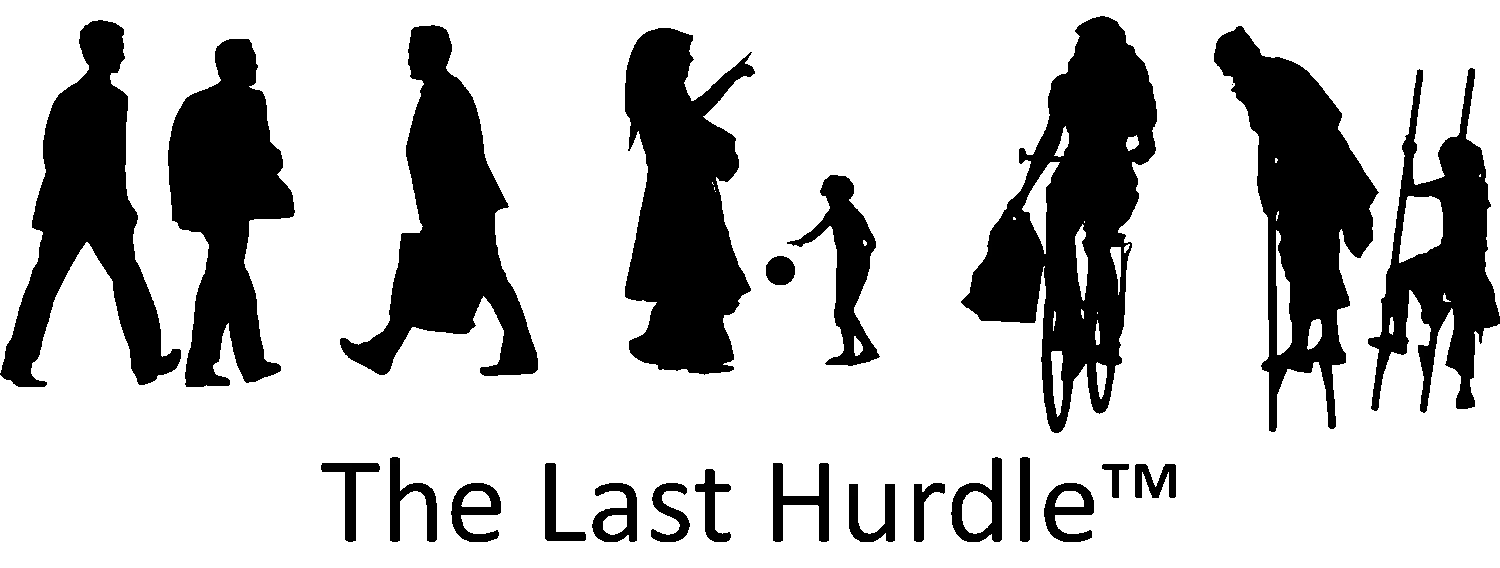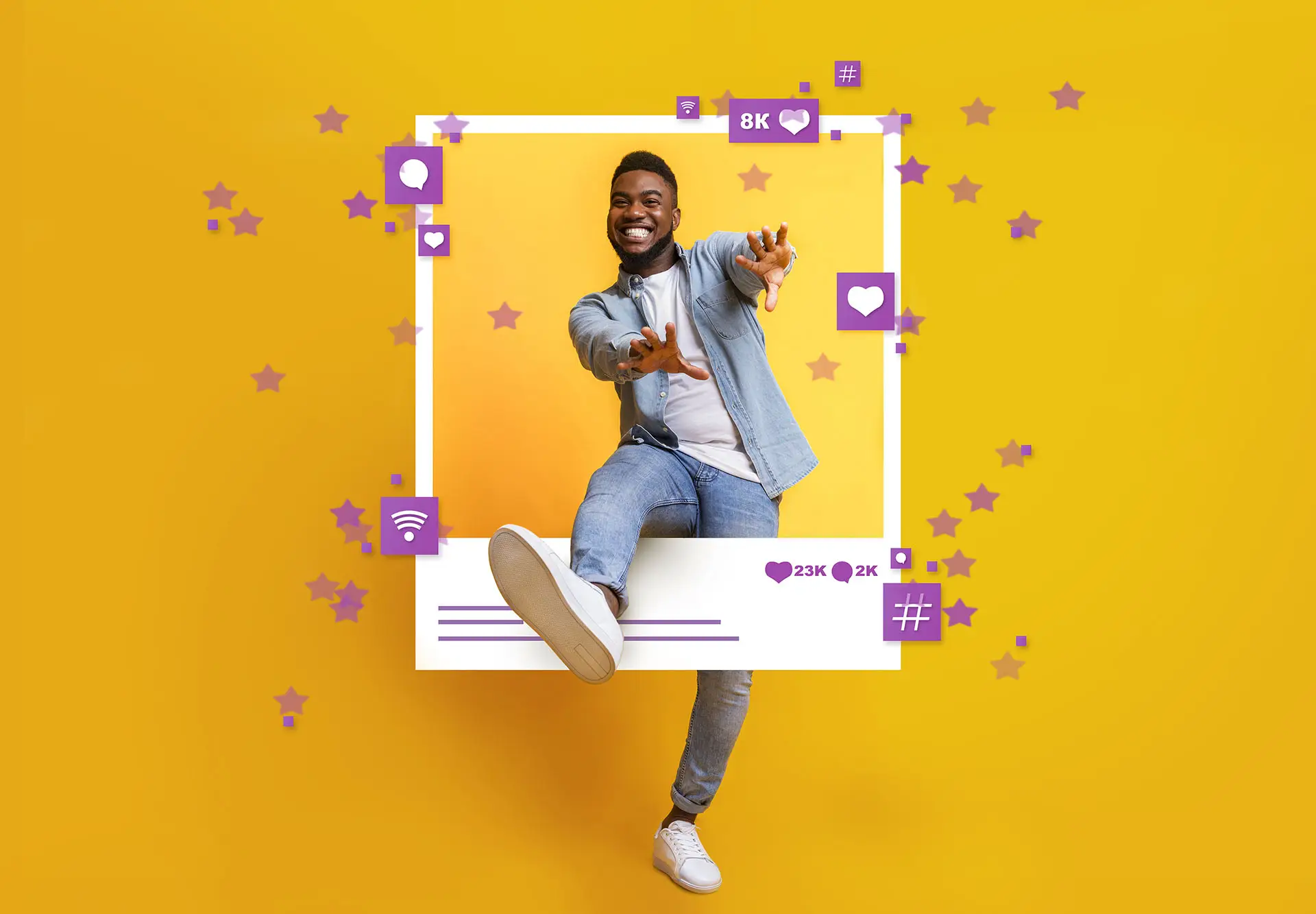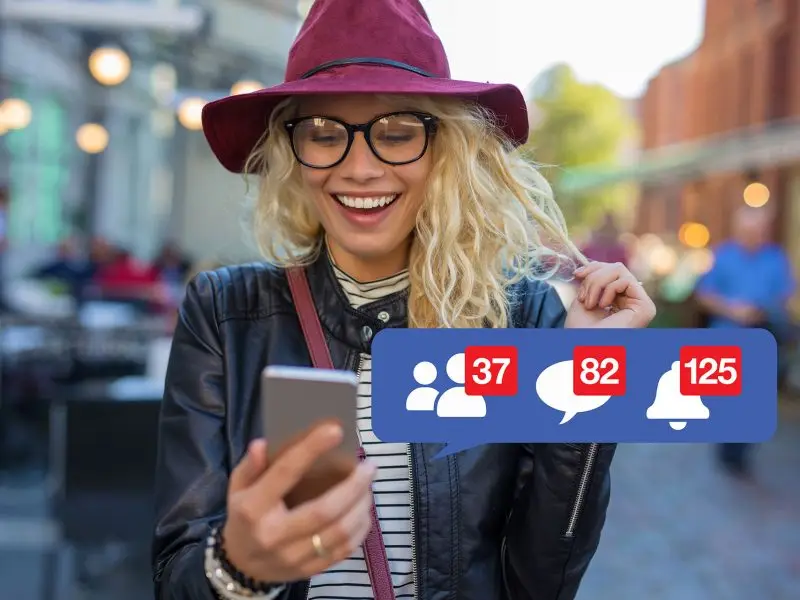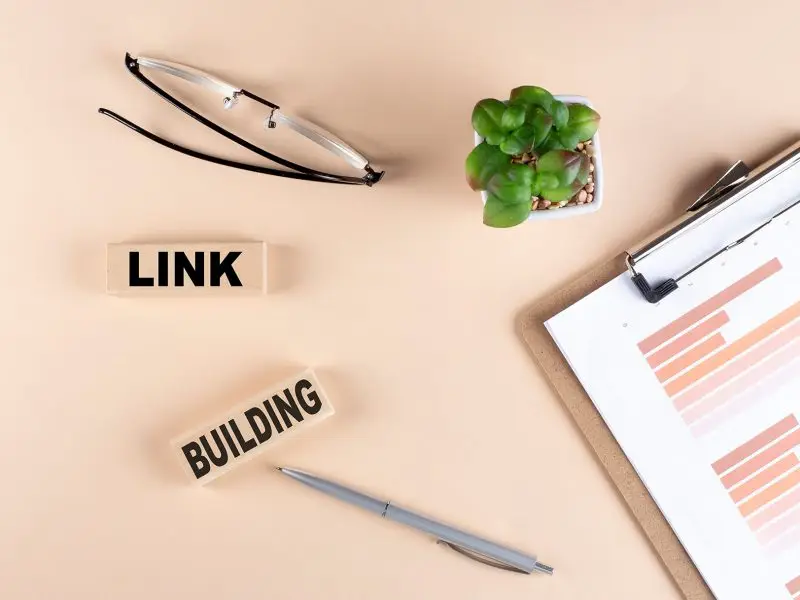Social Media Image Sizes
When using social media, one of the key considerations should be the images you intend to use. Increasingly, customers check social media profiles before visiting company websites, making your social media page often the first impression people get of your business. It is essential to select images that accurately represent your business: conveying who you are, what you stand for and your approach to doing business. Whether your brand is serious and professional or jovial and light-hearted, your profile and cover images should reflect this.
Social Media Image Sizes
No matter how impressive your graphics might be, incorrect sizing will appear unprofessional. Stretched, squeezed or clipped images create a poor impression. Before designing your images, ensure you have the correct sizes and resolutions.
Optimal Image Sizes:
| Platform | Profile Photo | Cover Photo |
| 180 x 180 | 820 x 312 | |
| 400 x 400 | 1500 x 500 | |
| LinkedIn (Profile) | 400 x 400 | 1400 x 425 |
| LinkedIn (Company) | 400 x 400 | 646 x 220 |
| Google+ | 250 x 250 | 1080 x 608 |
| YouTube | 250 x 250 | 2560 x 1440 |
Facebook has maintained its position as the UK’s second most popular website (only behind Google), largely due to its ability to remain relevant and user-friendly for people of all demographics. Profile pictures have been a staple of user accounts from the beginning, but in 2011, Facebook introduced cover photos, giving businesses a new opportunity to express who they are. The cover photo, situated behind the profile picture, offers ample space for creativity, while the profile image should be used as a recognisable icon for your brand. The optimal sizes are 180 x 180 pixels for profile photos and 820 x 312 pixels for cover photos.
Like Facebook, Twitter allows users to upload both profile pictures and cover photos. Ensuring that both images are used effectively can maximise your company’s impact. With Twitter’s fast-paced environment and users’ short attention spans, your visuals need to grab attention and create a positive first impression. For Twitter, profile images should be 400 x 400 pixels, while cover photos should be 1500 x 500 pixels.
LinkedIn’s cover photo serves a slightly different purpose compared to Facebook and Twitter. Rather than being a prominent image at the top of your profile, it acts more as a background that surrounds your profile content. Because of this, it’s often better to use an abstract or simple image that sets the tone without focusing attention on the centre, which will be obscured. This background can add a subtle yet impactful personal touch, even within this professional setting. A clean and smart profile photo is essential—LinkedIn is a business platform, so headshots are strongly recommended.
LinkedIn company pages now also support cover images. Unlike personal profiles, these images are fully visible and can be used creatively, whether showcasing your team, your office or your main product. Profile photos on LinkedIn should be 400 x 400 pixels, while personal and company cover images should be 1400 x 425 pixels and 646 x 220 pixels, respectively.
Google+ and YouTube
For Google+ and YouTube, profile pictures are kept the same size: 250 x 250 pixels. Google+ frames profile images within a circle, which can be challenging if your picture isn’t a headshot. Ensure your key visuals fit well within a circular format.
Cover photos differ between the platforms. Google+ uses a 1080 x 608-pixel image, which appears with a frosted, duplicated effect beneath your profile information. On mobile, only the raw image is shown. YouTube, on the other hand, has a more complex sizing requirement due to the variety of devices used to view the platform. You’ll need a 2560 x 1440-pixel image for optimal results, with the full image displayed on Smart TVs. Only a portion is shown on desktops and even less on mobile, so make sure the essential content fits within a 1540 x 427-pixel rectangle to ensure visibility across all devices.
Final Thoughts
Your social media visuals are an essential part of your online presence. Ensuring they are the correct size and resolution will enhance your professionalism and attract your target audience. Consistency and accuracy in sizing can make all the difference in how your business is perceived.
If you need help creating or optimising your social media images, reach out to The Last Hurdle’s digital marketing experts on 01604 654545 or email hello@thelasthurdle.co.uk.





